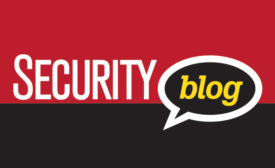Home » workplace violence
Articles Tagged with ''workplace violence''
Security News -- Active Shooter
Homeland Security Releases Active Shooter Response Recommendations
July 26, 2012
Security Web Exclusive
How Awareness Stops Negligence, Prevents Workplace Violence in Healthcare
June 26, 2012
Sign-up to receive top management & result-driven techniques in the industry.
Join over 20,000+ industry leaders who receive our premium content.
SIGN UP TODAY!Copyright ©2024. All Rights Reserved BNP Media.
Design, CMS, Hosting & Web Development :: ePublishing







